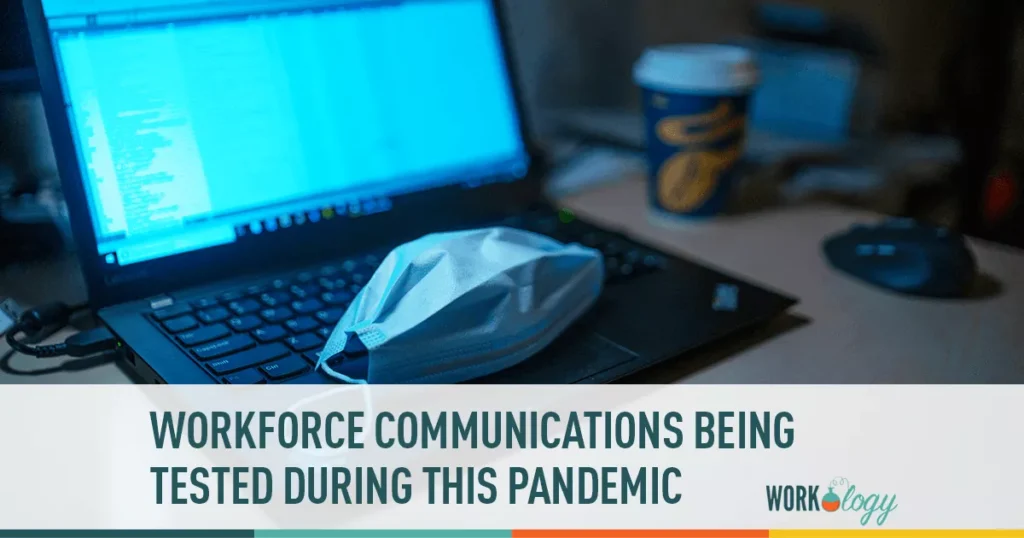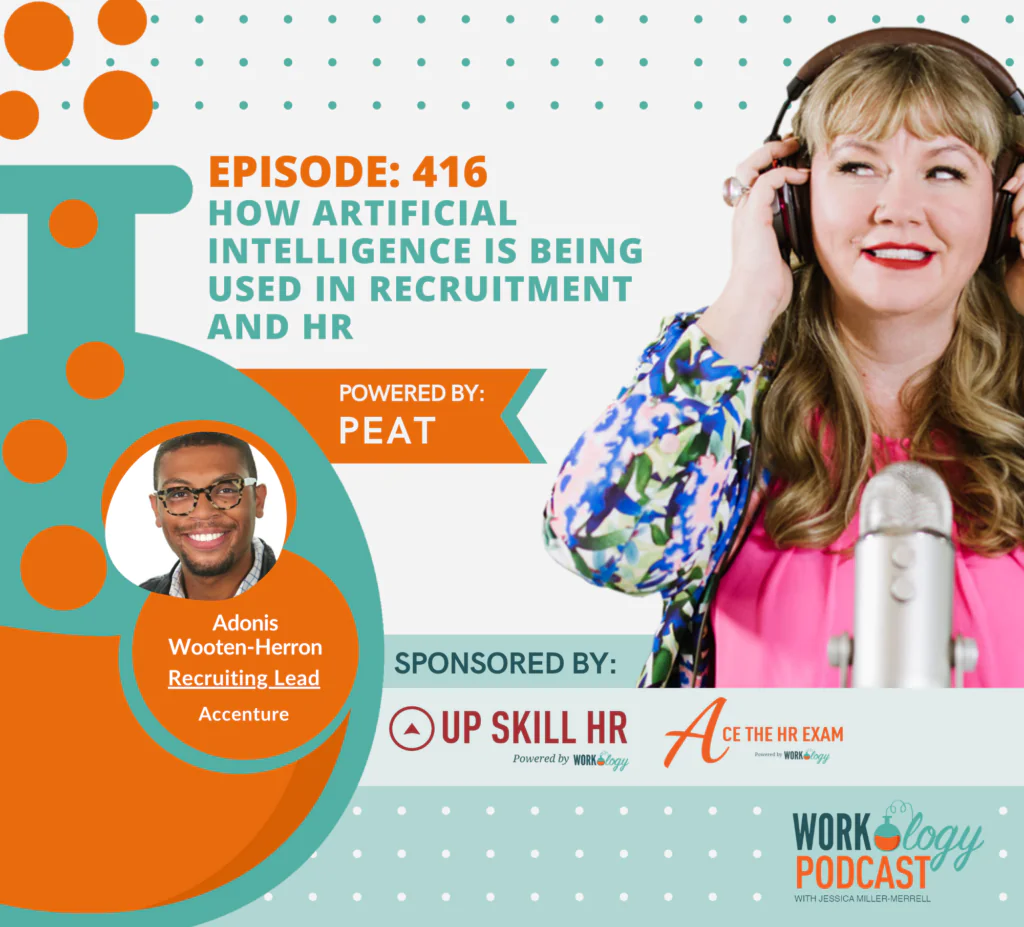Changing Workplace Communications During Pandemics
Since many employees in corporate America now work from home, HR professionals and business executives have had to alter the way they interact with their workforces. The era of company-wide meetings and mass emails is over. Today, texting and “Zooming” are the only ways to communicate with employees and keep them informed.
According to employee advocacy company FirmPlay, those messages are now being dominated by COVID related items. They posted on their blog that Coronavirus communications “accounted for over 50% of all comms in late March”.
That messaging is dominated by three main themes, related to operations, customer support information and advice on staying safe. But there’s also the news of furloughs, pay cuts and layoffs, all which are taxing the mental health of workers no matter where they sit.
And sometimes these messages are coming in ways we never would expect. For example, employees of Dig a popular restaurant chain based in New York City first alerted its workers of an impending layoff via text message.
That didn’t sit too well with workers. Most HR folks I asked about it also grimaced at the idea. As one person said to me, “OMG, no! The whole world may be experiencing this disaster together and lay offs certainly aren’t a surprise right now. But that doesn’t change the emotional impact people will feel when they get laid off.” Sending text messages to workers should best be left for things like quick reminders and short person to person communications.
In other layoff comms news, when Ziprecruiter laid off hundreds of workers last month the CEO of the company announced the news via a live Zoom video meeting. In it, he stated how much he hated having to share the news via video but with their offices closed he had no other choice.
He informed his crew. He informed his colleagues, “I need to give you guys an update on the business and I need to give you a candid update. Fundamentally, COVID appeared out of nowhere, and none of our financial models included a situation in which the economy would virtually stop growing. He continued by outlining how dire the figures were and warning that the company will shut down within a year if costs weren’t cut right away.
Not exactly the news you want to broadcast via video, but in this instance it was your only choice. “Doing this remotely via video is painful, you did nothing wrong, and I wish I could shake your hand to thank you for your time and service at Ziprecruiter,” lamented Zip’s CEO about this situation. His words provide a lesson from which others can benefit. Executives should prioritize expediency and integrity in situations like this.
Another CEO in the HR technology space also had to layoff folks. Part of that news came in the form of a blog post by Daniel Chait, CEO of Greenhouse. In a post entitled ‘Weathering the Storm’ he also laid bare the sad facts and also apologized to workers that it wasn’t their fault.
“My heart truly goes out to all of those people who we had to lay off. This was not caused by them. The virus, and resulting economic effects, are what made this necessary. And as CEO, I am ultimately responsible for this decision. The company has done what it needed to do in order to weather the storm, and though it hurts us to see them leave, the people who were laid off – and their families – suffer more. My thoughts are with them at this moment.”
~Glassdoor CEO
I think the examples above offer a glimpse into how or how not to deliver bad news during a crisis. Workforce communications should be done with a personal touch from the top of the organization. Be transparent and empathetic. Your employees are watching.
Times like this call for a more strategic approach to what you say and how that message is delivered to workers. Make sure the message fits the channel you are sending it with. In short, think before you send.






